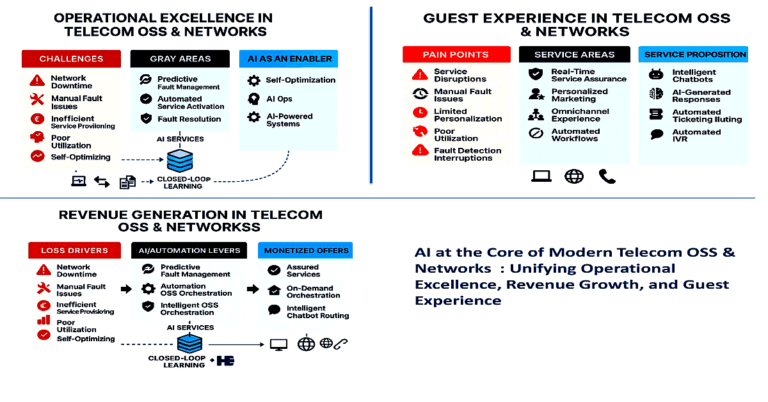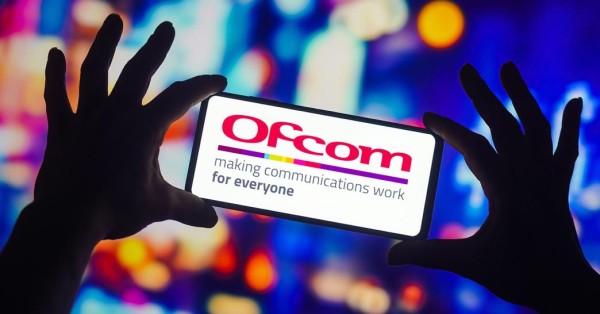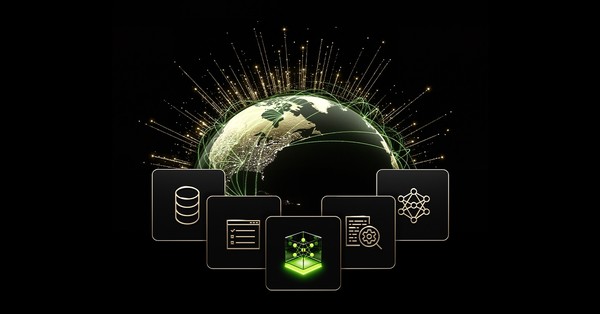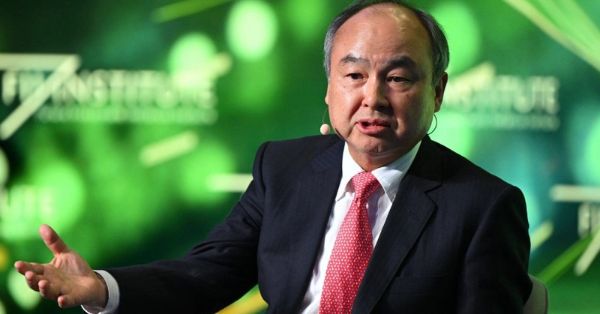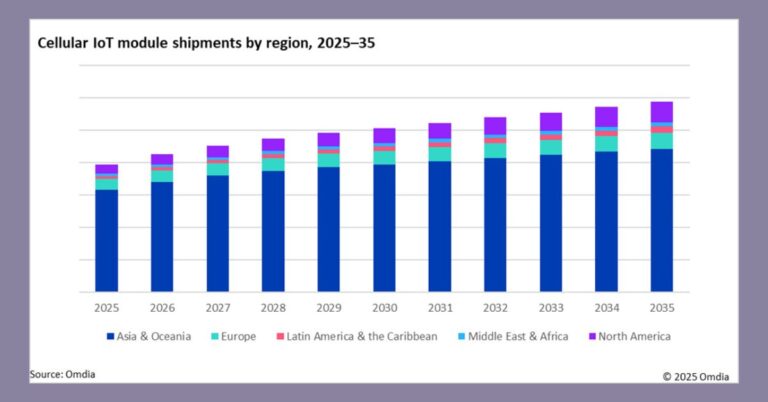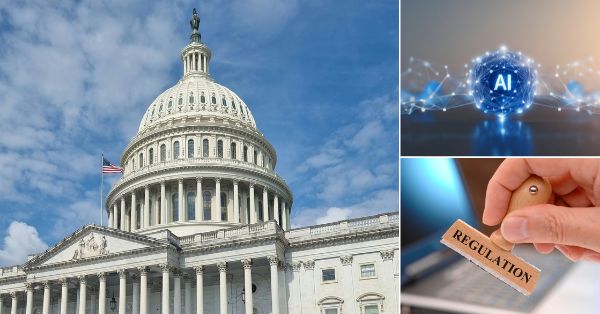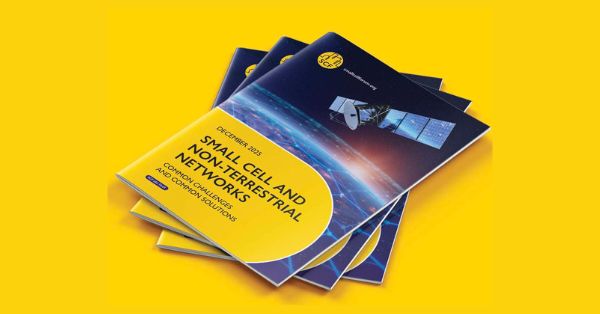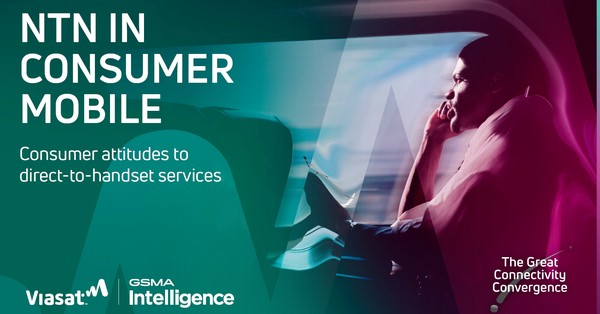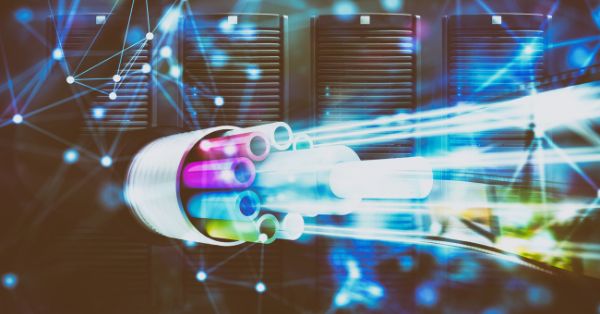LMT Group completes strategic pivot, transforming from telco operator to technology company
Latvian telco operator and mobile innovator LMT completes strategic pivot, transforming from telco operator to technology company – LMT Group. The transformation was kicked off ...
- Tech News & Insight
- December 16, 2025
- Hema Kadia
A European 6G-XR consortium led by Capgemini, Ericsson, i2CAT and Vicomtech demonstrated holographic calling and edge-anchored XR services on live standalone 5G, signaling how networks will evolve to support immersive collaboration at 6G scale. The team executed end-to-end trials of real-time holographic communication and distributed XR experiences spanning edge nodes
- Tech News & Insight
- December 16, 2025
- Meghraj Tambaku
AI in telecom is often treated as a cost-saving tool. The leaders treat it as a business engine. Discover how AI at the heart of OSS reshapes operations, monetization, and customer engagement in one closed loop. Cutting costs with AI is easy. Compounding value with AI is hard. Learn how
- Tech News & Insight
- December 16, 2025
- Hema Kadia
LG Electronics has won a CES 2026 Best of Innovation Award for its AI-powered in-vehicle experience, redefining how drivers and passengers interact with mobility through Affectionate Intelligence. The solution combines immersive displays, in-cabin sensing, and on-device AI to transform the vehicle cabin into a more intuitive, human-centered space.
- Tech News & Insight
- December 15, 2025
- Hema Kadia
UK regulator Ofcom has opened formal investigations into BT (including EE) and Three after nationwide voice service outages this summer impaired access to other networks and to emergency services. BT notified Ofcom of a software-related failure that disrupted interconnect voice services to and from the EE mobile network on 24–25
- Tech News & Insight
- December 15, 2025
- Hema Kadia
As enterprises move from single-model chatbots to collaborative multi-agent systems, the economic and operational burden of reasoning at scale is becoming the dominant constraint. NVIDIA’s Nemotron 3 family introduces open models and tools designed to keep multi-agent systems fast, affordable and inspectable. The models use a hybrid latent mixture‑of‑experts design
- Tech News & Insight
- December 15, 2025
- Hema Kadia
Orange has signed a binding agreement to buy Lorca’s remaining 50% stake in MasOrange for 4.25 billion euros in cash, targeting completion in the first half of 2026 subject to customary approvals. The agreement transitions MasOrange from a 50:50 joint venture to a wholly owned subsidiary of Orange, consolidating governance
- Tech News & Insight
- December 15, 2025
- Hema Kadia
Orange Money Group and Visa are expanding a strategic partnership that brings a virtual Visa card into the Orange “Max it” app, letting users fund purchases directly from their mobile money balance for local and international e-commerce. The service is live in Botswana, Madagascar, Jordan, and now Côte d’Ivoire, with
- Tech News & Insight
- December 11, 2025
- Hema Kadia
Google has introduced a sharply priced AI Plus subscription in India to push generative AI into the mass market and counter OpenAI’s ChatGPT Go. The AI Plus plan launches at ₹199 per month for new users for six months, then moves to ₹399 per month. The bundle raises usage limits
- Tech News & Insight
- December 11, 2025
- Hema Kadia
Rogers Communications has moved from beta to a commercial footprint for satellite-to-mobile in Canada, extending basic connectivity and select apps to consumer smartphones while adding an industrial IoT tier for remote operations. The new Rogers Satellite service enables a curated set of popular apps to work beyond terrestrial coverage, including
- Tech News & Insight
- December 11, 2025
- Hema Kadia
The latest 3GPP cycle consolidates 5G-Advanced (Release 18), sets the agenda for Release 19, and frames early 6G studies, with direct implications for operator investment, enterprise use cases, and vendor roadmaps. Release 18, the first phase of 5G-Advanced, is moving from standards completion into implementation, bringing carrier-grade enhancements in spectral
- Tech News & Insight
- December 11, 2025
- Hema Kadia
Paramount Skydance launched a hostile, board-bypassing tender offer to acquire all of Warner Bros. Discovery (WBD) at $30 per share, valuing the company at about $108 billion on an enterprise basis. The bid arrives days after WBD agreed to sell its studio and streaming assets—including Warner Bros. studios, HBO, and
- Tech News & Insight
- December 11, 2025
- Hema Kadia
3GPP has become the organizing framework for how public safety, utilities, transportation and enterprise security adopt LTE/5G for mission-critical communications (MCX). For mission-critical users, 3GPP’s scope includes capabilities such as push-to-talk, data and video designed for high availability, priority, pre-emption and end-to-end security. For agencies and enterprises, the value of
- Tech News & Insight
- December 11, 2025
- Hema Kadia
Disney will invest $1 billion in OpenAI and become Sora’s first major content licensing partner, enabling fans to generate and share short videos that feature more than 200 characters and environments from Disney, Pixar, Marvel, and Star Wars. The agreement spans three years, excludes actor likenesses and voices, and extends
- Tech News & Insight
- December 11, 2025
- Hema Kadia
2025 has seen major telecom and tech M&A activity, including billion-dollar deals in fiber, AI, cloud, and cybersecurity. This monthly tracker details key acquisitions, like AT&T buying Lumen’s fiber assets and Google’s $32B move for Wiz, highlighting how consolidation is shaping the competitive landscape.
- Tech News & Insight
- December 9, 2025
- Hema Kadia
IBM has agreed to acquire Confluent for $31 per share in cash, signaling a decisive move to make real-time, governed data the backbone of generative and agentic AI across hybrid cloud environments. The transaction values Confluent at an enterprise value of roughly $11 billion, with closing targeted by mid-2026 pending
- Tech News & Insight
- December 9, 2025
- Hema Kadia
Reliance Jio’s path to a mid-2026 IPO is increasingly intertwined with the timing and magnitude of India’s next mobile tariff hike. Domestic brokers argue Jio has a tactical reason to push back on near-term tariff increases: hikes tend to accelerate Bharti Airtel’s revenue market share (RMS) gains more than Jio’s,
- Tech News & Insight
- December 9, 2025
- Hema Kadia
A strategic merger to accelerate standardized 5G NTN Cobham Satcom is merging its Network Division with Gatehouse Satcom to push 3GPP-based non-terrestrial networks from trials to scalable deployments. The combined entity will sit as a subsidiary within Cobham Satcom Group, led by Kenney Schmidt Christiansen, Gatehouse Satcom’s current CEO. Cobham
- Tech News & Insight
- December 9, 2025
- Hema Kadia
A potential take‑private of DigitalBridge by SoftBank would concentrate capital, power, and build capability at the precise chokepoints of the AI and telecom stack. The center of gravity in AI infrastructure has moved from buildings and GPUs to grid access, entitlements, and construction lead time. DigitalBridge controls rights to roughly
- Tech News & Insight
- December 9, 2025
- Hema Kadia
New data points to a step-change in cellular IoT adoption as 5G broadens into mid-tier and massive-scale use cases while 4G-era LPWA keeps expanding. Omdia forecasts cellular IoT connections to reach roughly 5.9 billion by 2035, driven by expanding addressable use cases across industrial automation, utilities, transportation, retail, and consumer-adjacent
- Tech News & Insight
- December 9, 2025
- Hema Kadia
The administration plans an executive order to set a single national AI rulebook and override state-level frameworks, a move with immediate implications for telecom, cloud, and enterprise AI strategies. President Trump signaled he will sign an executive order establishing a uniform federal approach to AI governance that preempts state regulations.
- Tech News & Insight
- December 9, 2025
- Melanie Williams
SCF (Small Cell Forum) has published a new report exploring how proven small cell design principles and open interfaces can help the ecosystem overcome some of the challenges facing emerging 5G Non-Terrestrial Networks (NTNs), particularly regenerative LEO satellite systems. The paper, Small Cells and Non-Terrestrial Networks: Common Challenges and Common
- Tech News & Insight
- December 7, 2025
- Hema Kadia
The FAA has tapped Peraton as prime integrator for a multi‑year modernization of the National Airspace System (NAS), setting in motion a telecom-heavy refresh of networks, radios, and control systems at national scale. The FAA selected Peraton, owned by Veritas Capital, as the single program integrator to manage an initial
- Tech News & Insight
- December 7, 2025
- Hema Kadia
New consumer research commissioned by Viasat and executed by GSMA Intelligence signals that non-terrestrial networks (NTN) are becoming a mainstream buying factor for mobile subscribers. The survey of more than 12,000 smartphone users across 12 countries finds persistent coverage gaps: over a third of respondents lose basic cellular service multiple
- Tech News & Insight
- December 7, 2025
- Hema Kadia
The Indian government has floated draft rules that refine how mobile operators can share spectrum, aiming to boost spectral efficiency and accelerate 5G expansion under the new telecommunications regulatory framework. The draft rules seek to formalize spectrum sharing under the new regime, giving operators a clearer pathway to pool or
- Tech News & Insight
- December 7, 2025
- Hema Kadia
Work at local distribution points often triggers unintended service cuts, driving spikes in complaints, repeat truck rolls, and SLA penalties. By empowering on-site technicians to detect and remediate cuts instantly—rather than wait for back-office workflows—operators can compress mean time to repair, avoid secondary visits, and reduce inbound support volume. The
TeckNexus Newsletters
I acknowledge and agree to receive TeckNexus communications in line with the T&C and privacy policy.
Whitepaper
Private cellular networks are transforming industrial operations, but securing private 5G, LTE, and CBRS infrastructure requires more than legacy IT/OT tools. This whitepaper by TeckNexus and sponsored by OneLayer outlines a 4-pillar framework to protect critical systems, offering clear guidance for evaluating security vendors, deploying zero trust, and integrating IT,...

Whitepaper
Telecom networks are facing unprecedented complexity with 5G, IoT, and cloud services. Traditional service assurance methods are becoming obsolete, making AI-driven, real-time analytics essential for competitive advantage. This independent industry whitepaper explores how DPUs, GPUs, and Generative AI (GenAI) are enabling predictive automation, reducing operational costs, and improving service quality....

Whitepaper
Explore how Generative AI is transforming telecom infrastructure by solving critical industry challenges like massive data management, network optimization, and personalized customer experiences. This whitepaper offers in-depth insights into AI and Gen AI's role in boosting operational efficiency while ensuring security and regulatory compliance. Telecom operators can harness these AI-driven...

Check Private Network Readiness
Industry Vertical Specific Deep-Dive Assessment

Manufacturing
$750
250 questions based assessment and insights
$750
Utilities
$500
65+ questions based assessment and insights
$500
Mining
$500
160 questions based assessment and insights
$500
Aviation
Coming Soon
75+ questions based assessment and insights
Coming Soon
Ports
Coming Soon
75+ questions based assessment and insights
Coming Soon* Prices does not include tax
Add your news and insights
Submit Guest Posts and Press Releases
Brand Connect
Amplify Your Brand & Boost Your Business
- Thought-Leadership Management
- Magazine Article
- Executive Interviews
- Whitepapers
- Research Reports
- Custom Research
- Blog Series
- Webinars
- Podcasts
- Advertorials
- Display Ads
- Event Partnership








